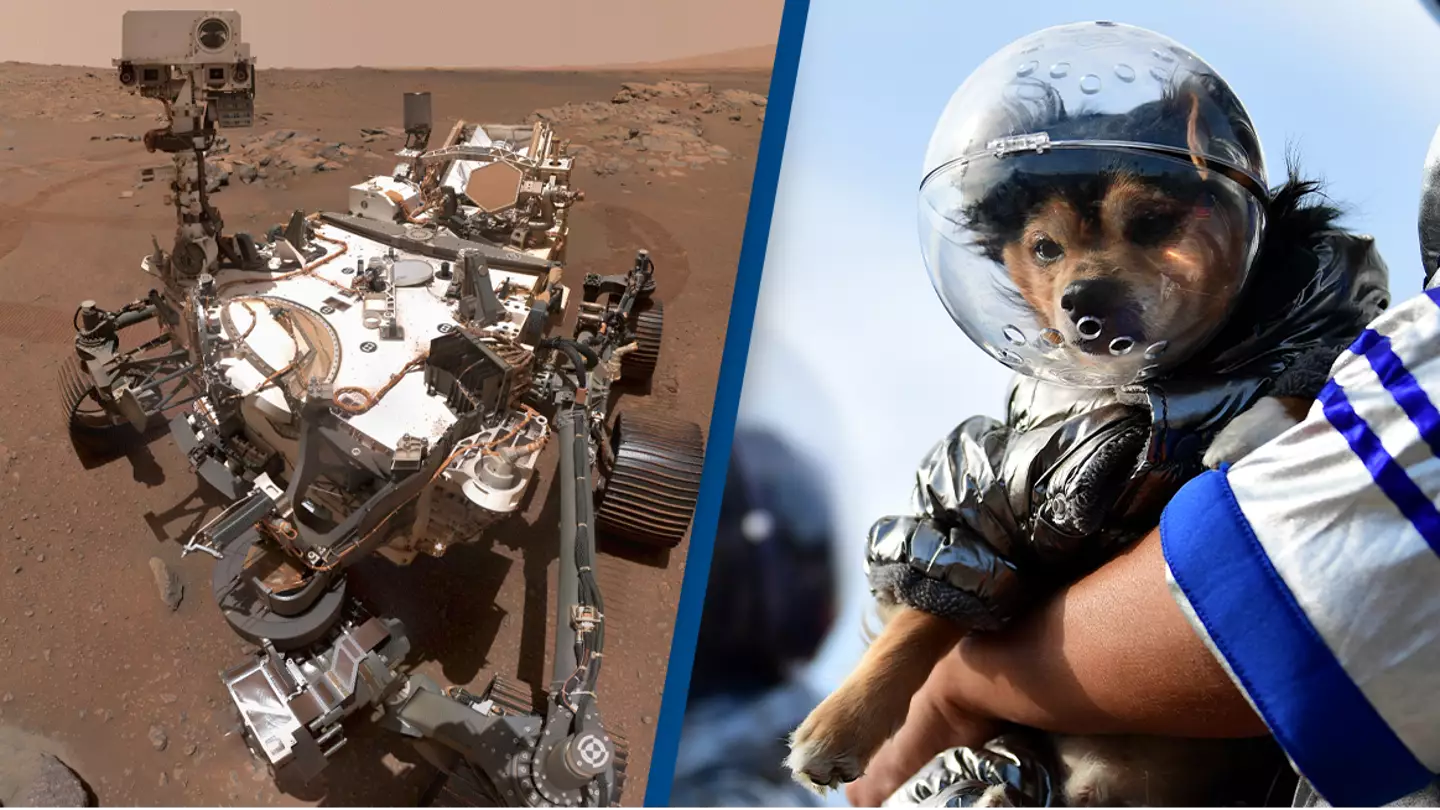
Featured Image Credit: NASA/JPL-Caltech. Chelsea Guglielmino/Getty Images
Topics: Space, NASA, Technology

Topics: Space, NASA, Technology

Stewart Perrie is a Senior Journalist at LADbible. Stewart has covered the conflict in Syria for LADbible, interviewing a doctor on the front line, and has contributed to the hugely successful UOKM8 campaign. He is in charge of the LADbible Australia editorial content and social presence.
@stewartperrie